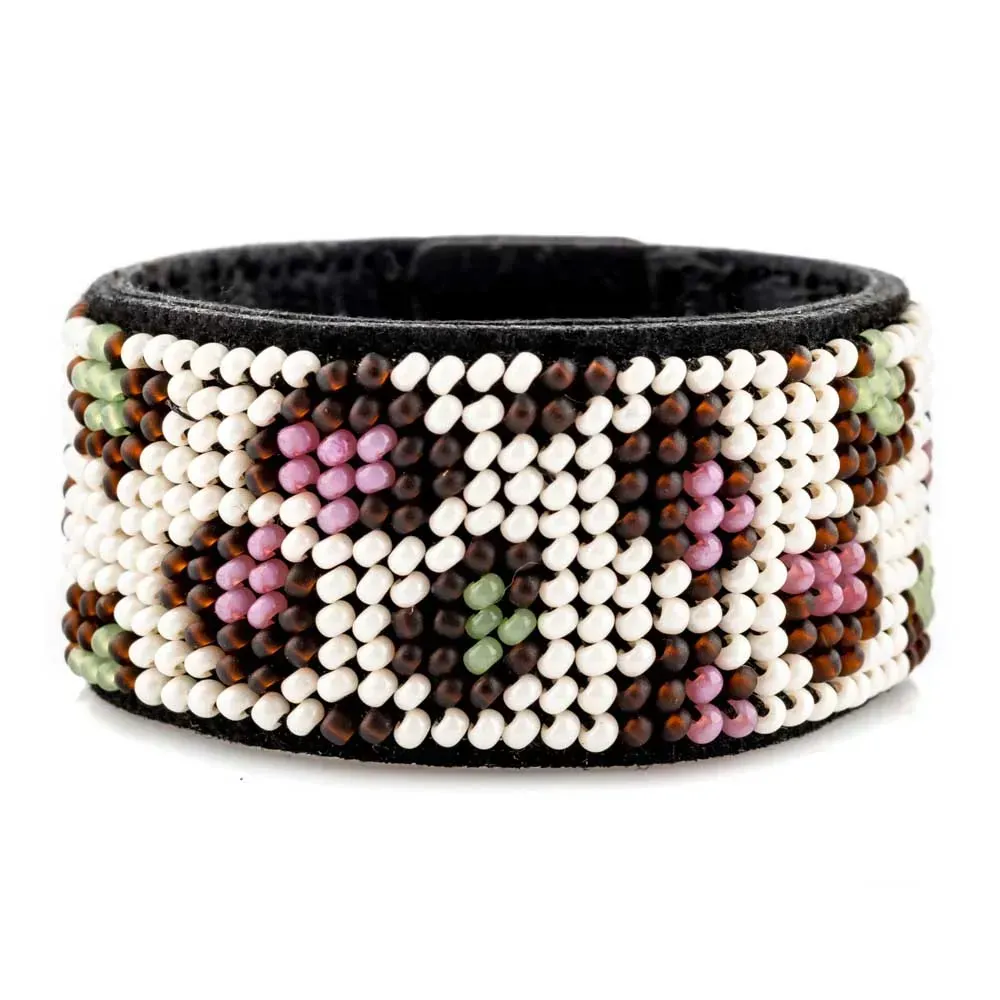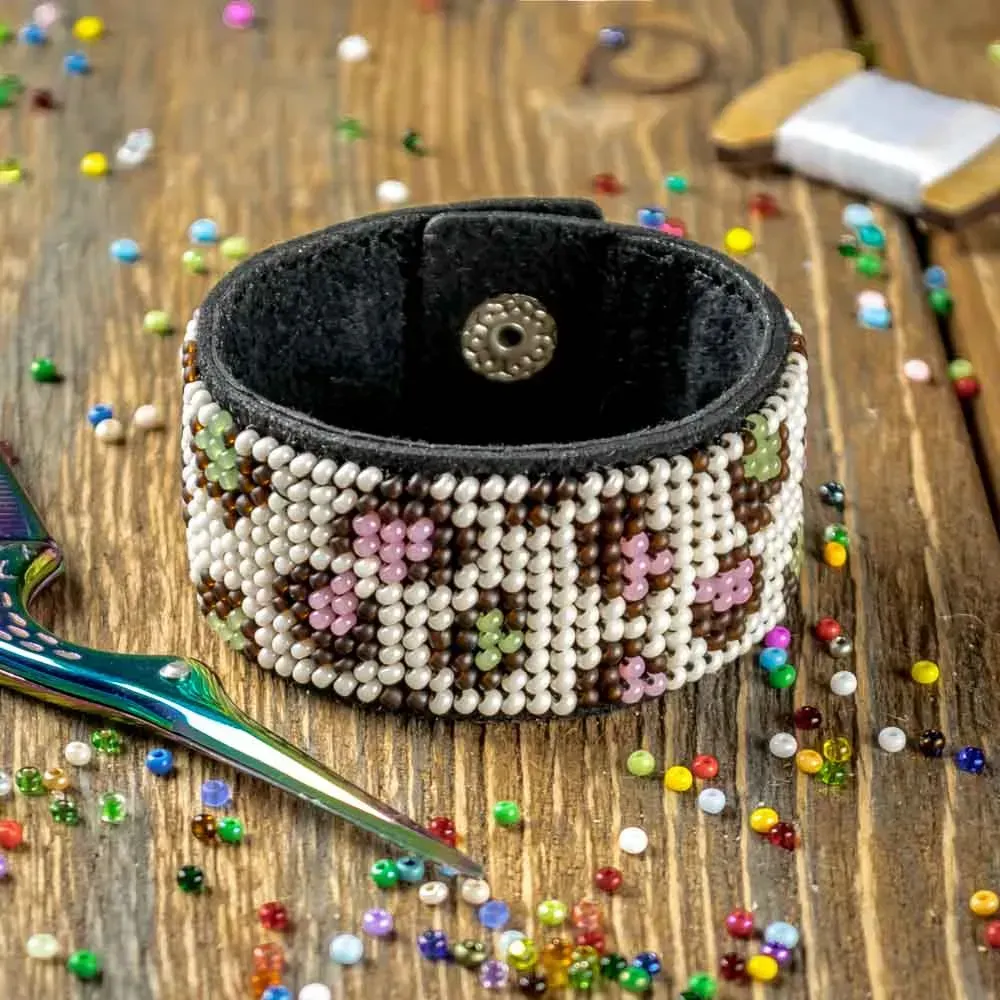Bracelet embroidery is not just a hobby, but a way to express style, character, and even mood. Many beginners, choosing materials for the first time, get lost in the variety. Especially when it comes to such an element as beads. To make the bead embroidery bracelet neat, durable and beautiful, it is important to choose the right beads — in size, quality and shape.
What types of beads are suitable for bracelets
The very first step is to decide on the type of beads. Not every bead is suitable for a bracelet. It is important that it is uniform in size, durable and free from defects. The main options are:
- Japanese beads (for example, TOHO, Miyuki) are considered the standard of quality. It is perfectly smooth, smooth, with a large hole. It is great for complex patterns where it is important that the elements fit smoothly.
- Czech beads (for example, PRECIOSA) are also quite high—quality. It is slightly less smooth than Japanese, but it costs less. A great choice for beginners and for those who make bracelets for sale.
- Chinese beads are the cheapest and most uneven. It can only be used for training or simple products. Bracelets quickly lose their color and shape, and they often differ in size in the same package.

What to look for when choosing beads
The quality of the bracelet directly depends on how precisely the material is selected. A list of criteria that will help you choose the best beads:
- The size of the beads. Most often, bracelets are used in size 11/0. It’s versatile — not too big and not too small.
- Form. Ideally, all the beads are the same shape. This is especially important for geometric or dense patterns.
- Colour. It is good if the color is stable — it does not fade from friction. The glass colored beads last longer than the painted ones on the outside.
- Coverage. There are matte, shiny, mother-of-pearl. It is important for the bracelet that the coating does not peel off when worn.
- Hole. The large hole in Japanese beads allows the use of durable threads and needles, which is convenient for multi-layered embroidery.
What mistakes are most often made when choosing beads?
Many people think that any beads will do, but in practice this is not the case. Here is a list of common mistakes that are best avoided:
- Buying the cheapest beads to “try it out.” It is better to take a small amount of high—quality, so there are fewer chances to be disappointed.
- Mixing different brands and sizes in one bracelet spoils the symmetry.
- Using beads with an unstable coating — it may fade after a couple of weeks.
- Ignoring the color of the base — for example, if you use dark beads on a black fabric, the pattern will be illegible.
- Neglecting the trial seam — before you embroider the entire bracelet, you should test the combination of threads and beads.

What else is important to remember when embroidering beaded bracelets
In order for the bracelet to not only look beautiful, but also be comfortable to wear, it is important to consider several additional factors:
- Base. Felt, leatherette, natural leather or thick fabric are most often used for bracelets.
- Thread. It must be strong and thin. Monofilament, nylon thread or specialized threads for beading are well suited.
- Zipper. It is better to use metal or magnetic fasteners — they are more reliable and last longer.
- Tools. Fine bead needles are required. Thick ones can break beads or damage fabric.
- Lighting and workplace organization. The beads are small, so a well-lit place with flower dividers makes the process much easier.
A good bracelet starts with the right choice of materials. The higher the quality of the beads, the easier it is to work with them, the smoother and neater the product will look. It’s better to spend a little more on Japanese or Czech beads once than to get upset later because of the uneven result. The main thing is to take your time, try different options, and be sure to listen to yourself.


